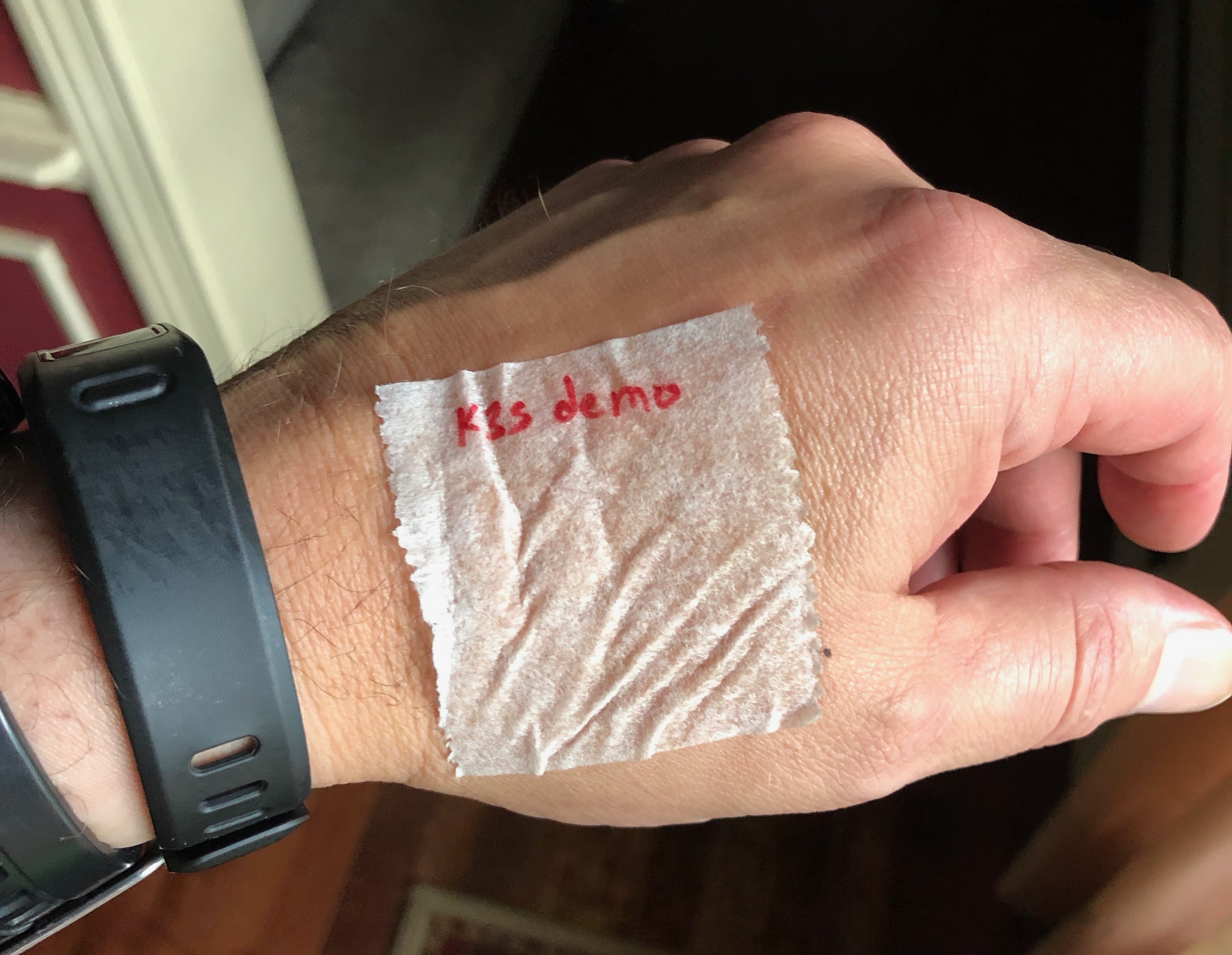A Tip for Managing “Momento Moments”

Do you remember that movie, Memento? It was about a guy who could only remember things for a few minutes. He had no ability to transfer his short-term memory to long-term memory. To solve the mystery of his wife’s murder, he wrote notes everywhere and even tattooed the most important ones all over his body. If you’re like me, you have “Memento moments,” where you forget the task you were working on. I found a way of improving the problem.
I often start working on my to-do list, then have an interruption. Once the interruption goes away, I don’t always come back to my the active task. This is an example of the cost of context-switching. Sometimes you can put interruptions off; sometimes you can’t. So you stop what you’re doing and help someone out for an hour. When you’re done, you go off and start some other task. Sometimes, you truly forgot what you were doing. Other times, another “urgent” issue appears. Another time, you use the interruption as an excuse for procrastinating. Whatever the reason, you get to the end of the day and you still have the partly started task on your list, only to be carried over to the next day.
I thought of the Memento character one evening when reviewing my day. “I should just write what I’m doing on the back of my hand.” Of course, writing on your skin as a matter of habit isn’t a great behavior. I searched the Internet for some kind of wrist tablet. Such devices existed, but were bulky and would compete for space with my watch. Then, it occurred to me that some kind of skin-friendly paper tape might be the answer. I could stick it to my skin and write on it with my daily-use pencil and have my solution.
I searched for various tapes. In the end, surgical tape seemed like the best answer. I dug through our first aid kit, found some 1” tape, and stuck a piece to my hand. I wrote my current task on it and dove into my day. It worked wonderfully! All day long, I tracked my current task on my wrist. I found my task switching abilities immediately increased with this tiny, highly-visible memory buffer.
Using a pencil didn’t work well. The skin was too soft a supporting surface. The same for ballpoint and gel pens. My Parker 5th Technology pen worked well, but it was too expensive to carry around. Eventually, I settled on using a fine-point, pocket-size Sharpie that I could stick in my front pants pocket.
Over the course of a few weeks, I experimented with a few ways of managing the list. I tried putting the current task plus upcoming tasks on the tape and circling the current one, crossing it out when I was done. Although this approach was nice because I could see what was coming up, I found myself cherry-picking tasks. I also tried only using the tape at the moment of interruption. This way of using the tape was more efficient, but I caught myself forgetting to use the method. I ended up settling back to my original use. When I start a new task, I write it on the tape. When I finish, I draw a line through it, cross it off my to-do list, and write the next task on the tape. If it gets full or gets wet when I wash dishes, I just get another piece of tape. It’s cheap.
I started using a 2” square piece of tape, after experimenting with different lengths. I bought six big rolls of 3M brand tape for ten bucks. This tape was thinner than whatever I had in the first aid kit, but stuck well. I liked the contrast of the thicker first roll that I tried, but this thinner tape was less visible if I went out in public. (I also tried white gaffer’s tape, which had the best contrast, but didn’t stick well and let the ink feather too much.) With six rolls in hand, I’m sticking with 3M surgical tape for a while. The system can always be tweaked, but is working well enough.
Enjoy and be productive!